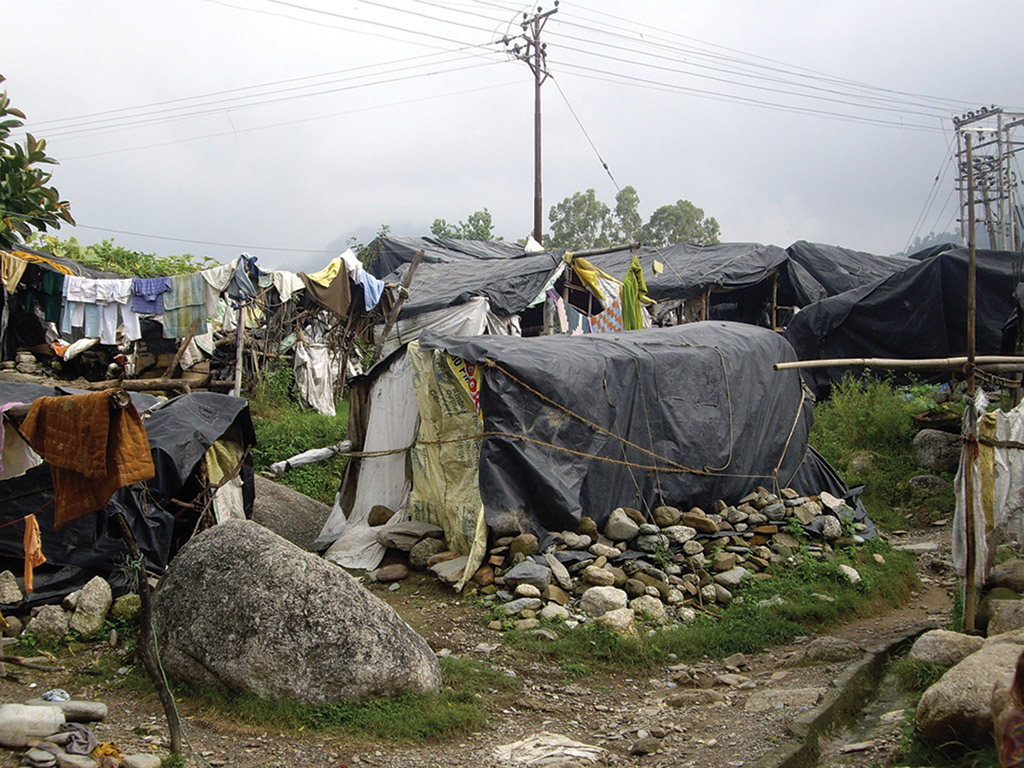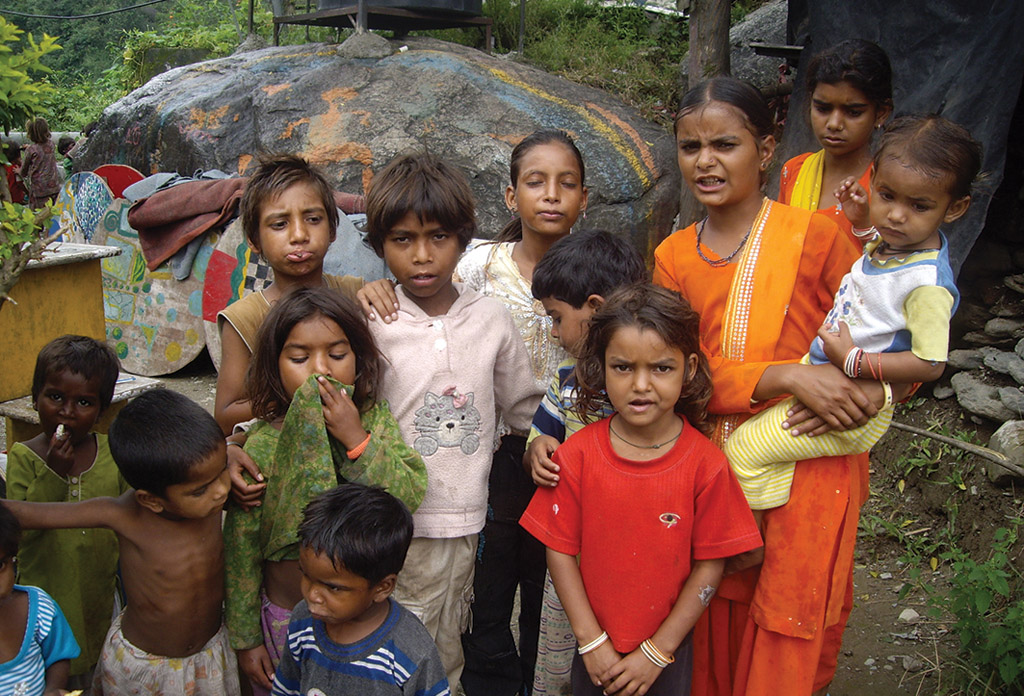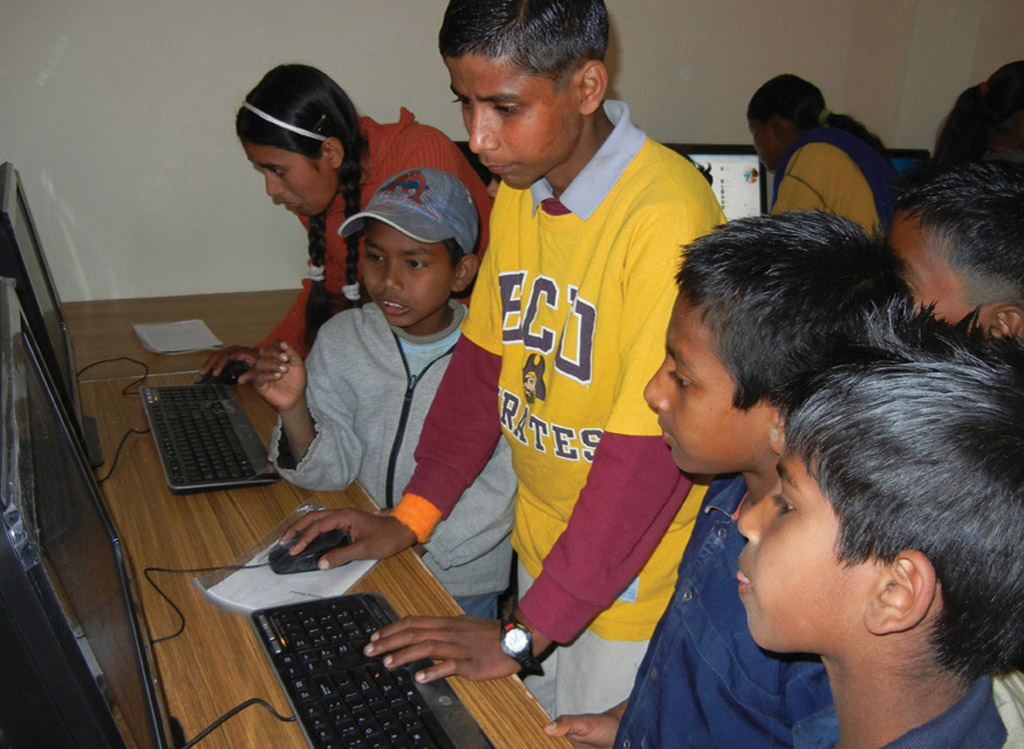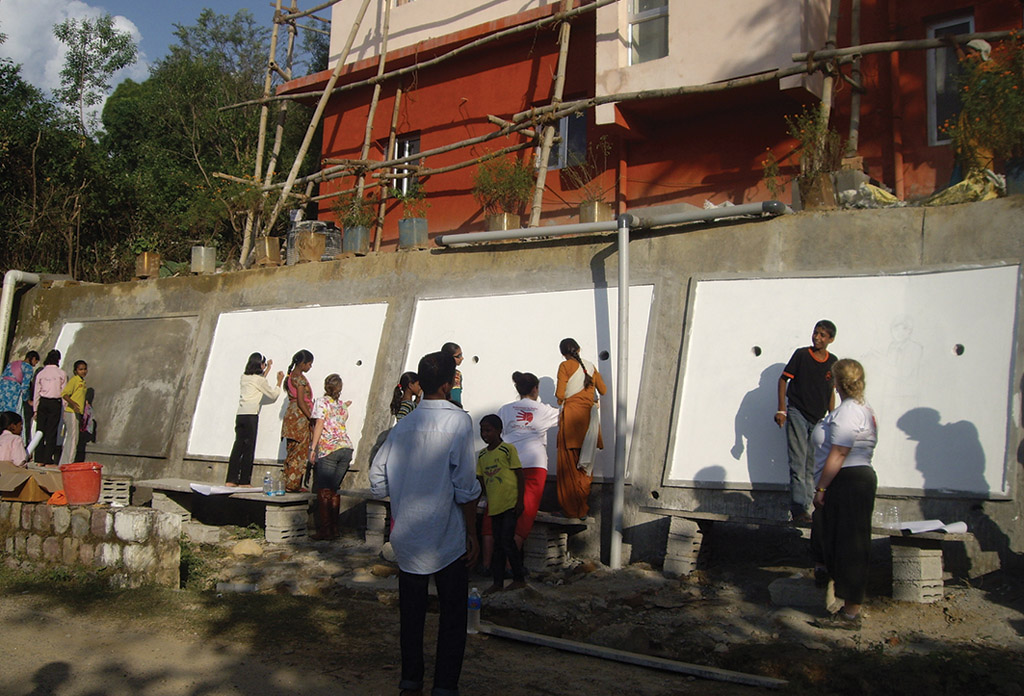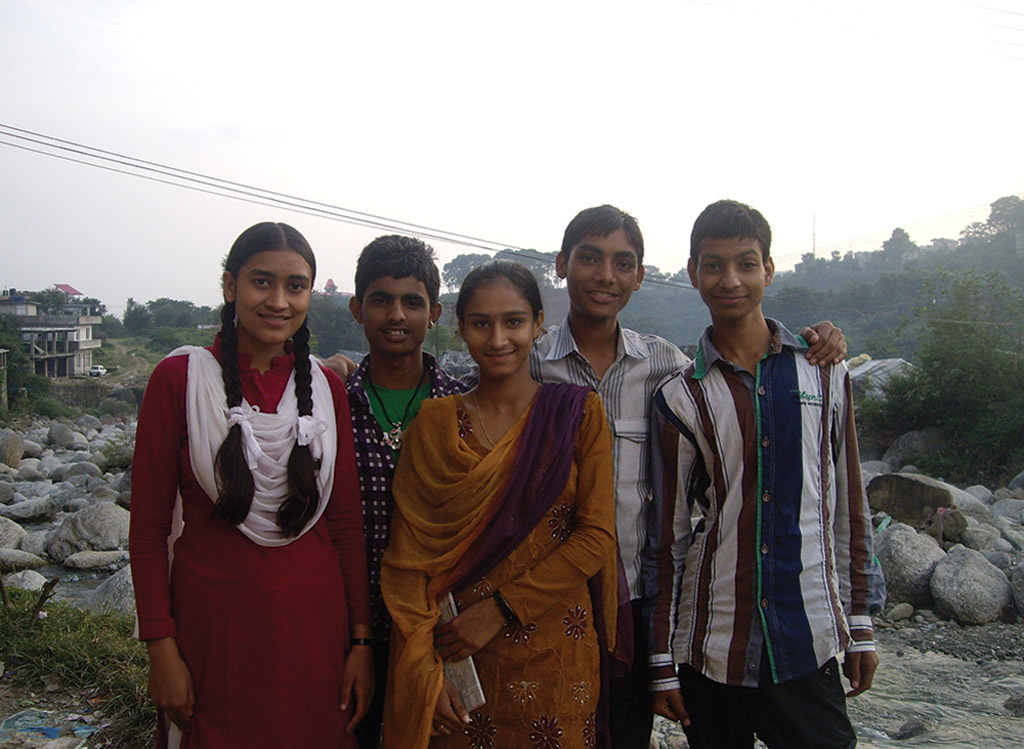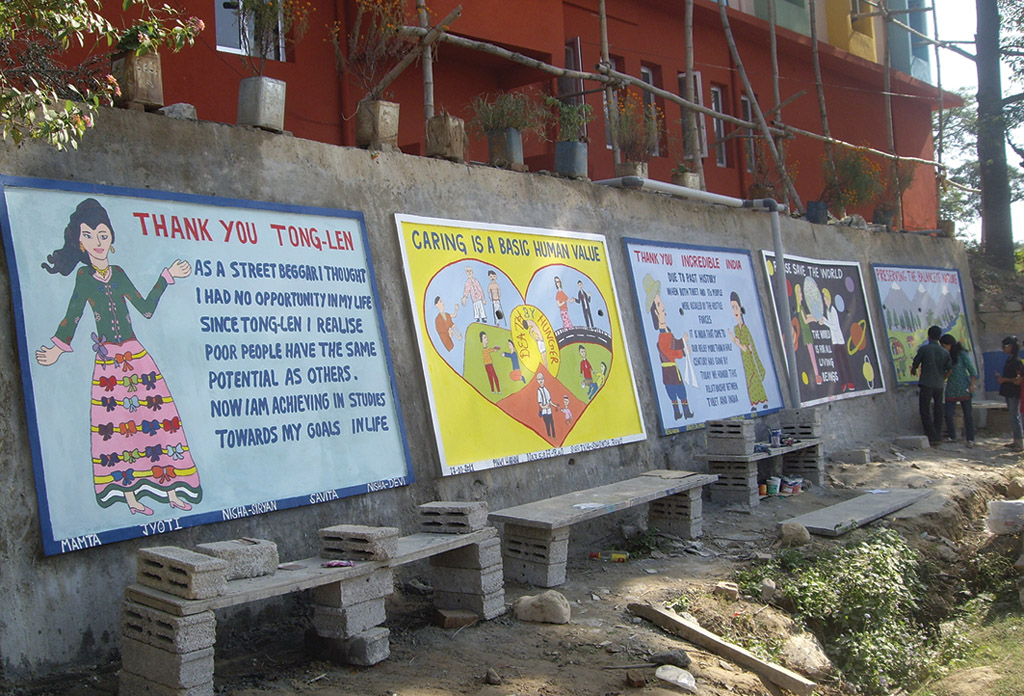8.7 Problems with ICT
While renewable energy options have sometimes been successful at a local scale, the following situation in India highlights the problems that occur when the electricity network fails.
According to the Asian Development Bank, 700 million people across Asia do not have access to electricity.
One of the world’s biggest power blackouts affects India
A failure in India’s northern and eastern electricity grid on 30 July 2012 left over 600 million people without power. The initial outage lasted for 15 hours, and despite repairs a second breakdown occurred the following day. In New Delhi, the rail network – which caters for approximately 1.8 million people per day – was closed and traffic lights were down, creating major delays on the roads. Hospitals were generally able to function using generators, but the banking sector reported closures. Even mining operations ceased: lack of power meant the equipment that pumps oxygen to miners who work underground could not operate.
It was believed that a high demand for electricity meant that power was being shared between electricity grids, which caused the collapse of the system. The breakdown highlighted the country’s reliance on electricity, and questions were raised about the adequacy of the power infrastructure in India.
Analysing spatial patterns from elecricity use
Source 8.22 was taken by a crew member using a digital camera on board the International Space Station during 2011 as it was moving in a south-easterly direction over northern India and Pakistan. The largest clusters of lights are the capital cities: Islamabad in Pakistan and New Delhi in India. The lines of the highways and the cloud-covered Himalayan mountains are also visible. The unusual feature in this image is the orange line of lights across the centre. This is the border zone between the two countries, and it is floodlit and fenced to help prevent arms trading and smuggling between India and Pakistan.
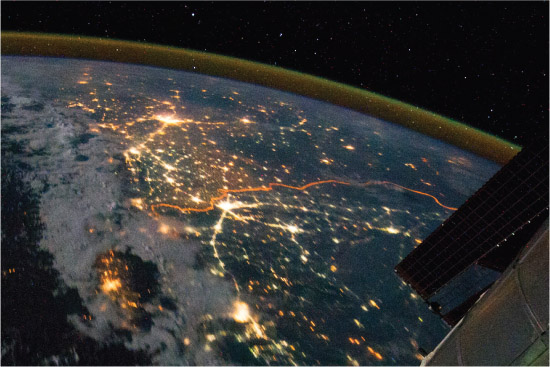
ICT and economic development in rural north India
Historical and geographic background
Dharamsala is located in the province of Himachel Pradesh in north India. It has a population of approximately 1 149 744 and a land area of 5739 square kilometres. Temperatures range from 0°C in January to 38°C in June and average rainfall is 290–380 millimetres per year, which is considered semi-arid. The altitude ranges from 1250 metres to 2000 metres and the blending of cultures here has created a diverse human environment. It is well known as the headquarters (Gangchen Kyishong) of the exiled Tibetan government and home of the fourteenth Dalai Lama (at the Namgyai Monastery). This means there is a visible Tibetan influence and a large settlement of Tibetan refugees.
The population of the region is also affected by conditions in neighbouring Rajasthan. Rajasthan is a large and predominantly desert state. It has a majority Hindu population and most of the rural families are farmers. Encroaching desert and the degradation of common lands (mainly due to harvesting firewood and growing grass for animal fodder) have led to reduced agricultural productivity. Traditional inheritance practices of dividing land between the male children has led to smaller and smaller land holdings, which are less and less able to support family groups.
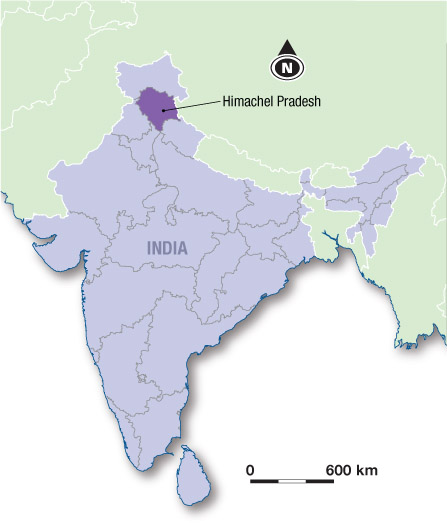
Some sons may seek work elsewhere to increase the household income, and some whole families move. In the city of Kangra, for example, there are many families from farms in Rajasthan; they live in the slums near the tourist regions such as Dharamsala. Families also come from other states in northern India, including Maharashtra and Punjab, for similar reasons. There are an estimated 10 000 environmental refugees living in Himachel Pradesh, mainly along the access roads to towns.
In Dharamsala there are many people living in temporary hand-made housing, which provides little protection from the weather. Families find work in construction, collecting rubbish or mending shoes. Children can be seen trying to make a living by begging in the streets. Poor hygiene and general health, malnutrition, lack of education and disease are all prevalent in these slum communities.
Tong-Len is a small charity established to help the families living in the slums of Dharamsala (go to www.cambridge.edu.au/hass9weblinks and follow the link to their website). A new hostel opened in 2011 to house children from some of the poorest families and to give them a private school education. The children now have an opportunity to break the cycle of poverty through education.
The use of ICT gives these children access to information and to online learning programs. A computer room is available in the hostel for all the children.
Tong-Len works with a particular community of about 250 families. Most have neither the means nor the opportunity to establish stable homes for themselves. In addition, they are in an environment that can at times be hostile – the threat of eviction is a constant fear. The following are some images from people living in the slums of Dharamsala.

